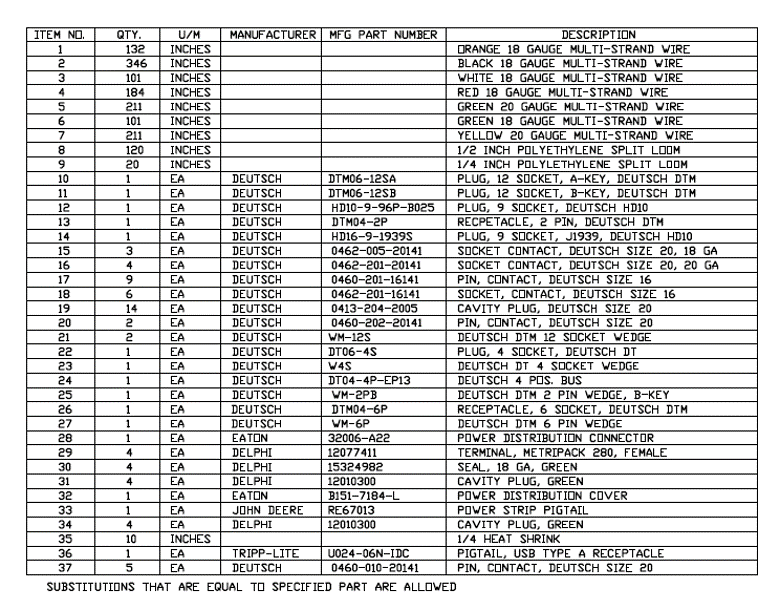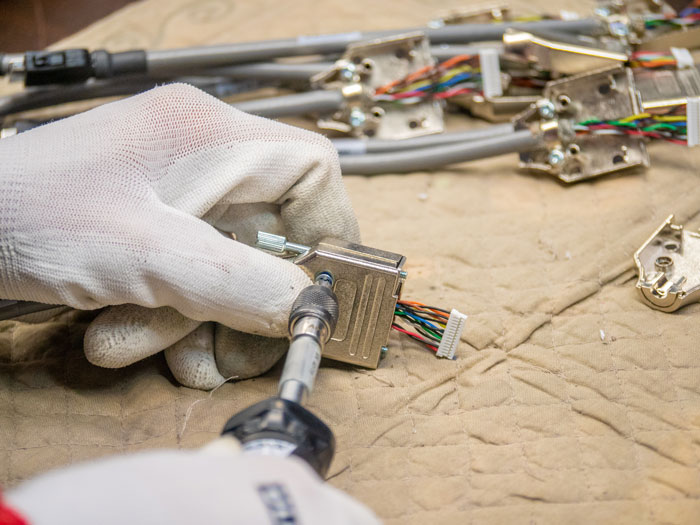Low Pressure Injection Molding: Enhancing Cable Assembly Durability with Technical Cable Applications
Cable assemblies are like the lifelines of modern electronic systems, facilitating power and data transfer between various components. However, these assemblies often operate in challenging environments where they are exposed to moisture, dust, vibrations, and even chemicals. To shield them from such adverse conditions, Technical Cable Applications employs Low Pressure Injection Overmolding (LPIO) to encapsulate and enhance the durability of cable assemblies.
Low pressure injection overmolding (LPIO) is a process used to encapsulate and protect electronic components, such as cable assemblies, from environmental factors like moisture, dust, and vibration. This process involves injecting a liquid thermoset material into a mold cavity and curing it to create a solid, durable, and waterproof coating around the assembly.
Why Use Pressure Molding on Cables?
Cable assemblies are used in various industries, including aerospace, automotive, and medical, to connect different components and transfer data or power. These assemblies can be exposed to harsh environments, including extreme temperatures, chemicals, and physical stress, which can damage or compromise their performance. Overmolding cable assemblies with a protective material enhances their durability and longevity, ensuring reliable and consistent performance.
Why Opt for Low Pressure Injection for Your Molding?
In industries like aerospace, automotive, and medical, ensuring the reliability of cable assemblies is paramount. Traditional encapsulation methods, such as potting, can be cumbersome, time-consuming, and risk damaging delicate electronic components. Here’s where pressure molding shines:
- Protection in Harsh Environments: Low pressure molding creates a robust barrier around electronic components, safeguarding them from environmental stressors like extreme temperatures and corrosive substances. This makes the assemblies perfect for demanding applications where failure isn’t an option.
- Longevity and Performance: Overmolded assemblies are less prone to wear and tear. This results in prolonged device lifespans and consistent performance, reducing maintenance needs and operational downtime.
Advantages of Low Pressure Molding
Low pressure molding has several advantages over other encapsulation methods, such as potting and manual encapsulation. It is a cost-effective and efficient process that reduces labor costs, material waste, and cycle time. The low injection pressures used in LPIO also eliminates the risk of damaging delicate electronic components during encapsulation, ensuring a high-quality finished product.
Molding Process and Molding Materials
To begin the low pressure molding process, a mold is designed and manufactured to match the shape and size of the cable assembly. The mold is then mounted onto the injection molding machine, and the cable assembly is positioned inside the mold cavity. A liquid thermoset material, typically a two-part epoxy or polyurethane, is then injected into the mold cavity under low pressure, filling the voids around the cable assembly and creating a solid, watertight seal.
The curing process takes place in the mold, and the time and temperature required depend on the specific material used. Once cured, the mold is opened, and the finished overmolded cable assembly is removed. The excess material is trimmed off, and any necessary secondary operations, such as connector assembly, are performed.
Versatility of Low Pressure Molding Cables
Low pressure injection can be used to overmold various types of cable assemblies, including single wires, bundles, and connectors. The finished product is lightweight, flexible, and can withstand harsh environments, making it ideal for applications such as sensors, control systems, and power distribution.
Overall, low pressure molding is a reliable and efficient encapsulation process that offers several benefits for cable assemblies. It enhances their durability and longevity, reduces the risk of damage, and improves overall performance. As technology advances and the demand for smaller, more complex electronic components increases, pressure injection molding will continue to play an essential role in ensuring their protection and reliability.
Deep Dive into the LPIO Process
Understanding the intricacies of the LPIO process elucidates why it’s superior for cable assembly manufacturing. Here’s a step-by-step walkthrough:
- Creation of the Mold: The process begins with fabricating a precise mold that matches the exact size and shape of the cable assembly. This mold is crucial for ensuring that the overmold fits perfectly, providing comprehensive protection.
- Injection of Thermoset Material: Typically using two-part epoxy or polyurethane, the material is injected under low pressure. This gentle approach removes the risk of damage to sensitive electronic components, a common issue with high-pressure methods.
- Curing and Removal: After the thermoset material is injected, it undergoes a curing process. The exact time and temperature for curing are determined by the specific materials used. Once cured, the solidified overmold is removed from the mold.
- Trimming and Secondary Operations: Excess material is trimmed off, and any necessary secondary procedures, like assembling connectors, are performed to ensure the assembly is ready for integration.
Low Pressure Molding Process Advantages Over Traditional Methods
Technical Cable Applications harnesses the power of low pressure molding machines for several compelling reasons:
- Cost Efficiency and Speed: Compared to traditional methods, LPIO is both faster and more cost-effective. Reduced labor costs, material wastage, and quicker cycle times all contribute to lower overall production costs.
- Precision and Protection: The low pressure in the injection process ensures that there is no damage to intricate electronics. Moreover, the encapsulation achieved is both precise and thorough, perfectly protecting against pollutants and mechanical strain.
- Material Versatility and Adaptability: The molding materials used in LPIO are versatile and can adhere to various surfaces. They offer excellent chemical resistance, flexibility, and thermal stability—ideal for custom solutions that cater to specific environmental challenges.
Applications Across Industries
The versatility of LPIO cannot be understated. Its methodology has been successfully applied in a rich array of environments which demand heightened durability:
- Aerospace: In aviation, electronics encounter extreme conditions. LPIO ensures that cable assemblies perform reliably in varying altitudes and temperatures.
- Automotive: With the rise of advanced automotive electronics, LPIO provides the necessary protection against heat and vibration, promoting safe and stable component operation.
- Medical Devices: Device reliability can be life-critical. Overmolded assemblies ensure long-term reliability and sterilization-compatibility in medical devices.
Technical Cable Applications: A Pioneer in Low Pressure Overmolding
Technical Cable Applications stands at the forefront of cable assembly overmolding. With an unwavering commitment to quality and innovation, we provide customized LPIO solutions that meet distinct project requirements. Our state-of-the-art facilities and skilled workforce ensure that each product not only meets but exceeds industry standards.
As technology continues to evolve and demand more compact and sophisticated components, the importance of reliable encapsulation increases. LPIO from Technical Cable Applications provides the peace of mind that your assemblies will withstand even the harshest conditions.
Future Outlook: LPIO in an Advancing World
As electronic devices become smaller and more complex, ensuring their protection becomes increasingly crucial. LPIO will continue to play an indispensable role in safeguarding these technologies. Innovations in material science and molding technologies will further enhance LPIO processes, paving the way for even more robust and adaptable protection solutions.
In conclusion, low-pressure molding represents a pivotal advancement in cable assembly manufacturing, offering unmatched protective benefits. From cost efficiency to flawless protection, LPIO custom molding by Technical Cable Applications serves as the cornerstone of durable and trustworthy cable assemblies in various industries. Whether navigating the skies, traversing rugged terrains, or saving lives in hospitals, overmolded cable assemblies ensure that the lifelines of modern technology continue to perform flawlessly.
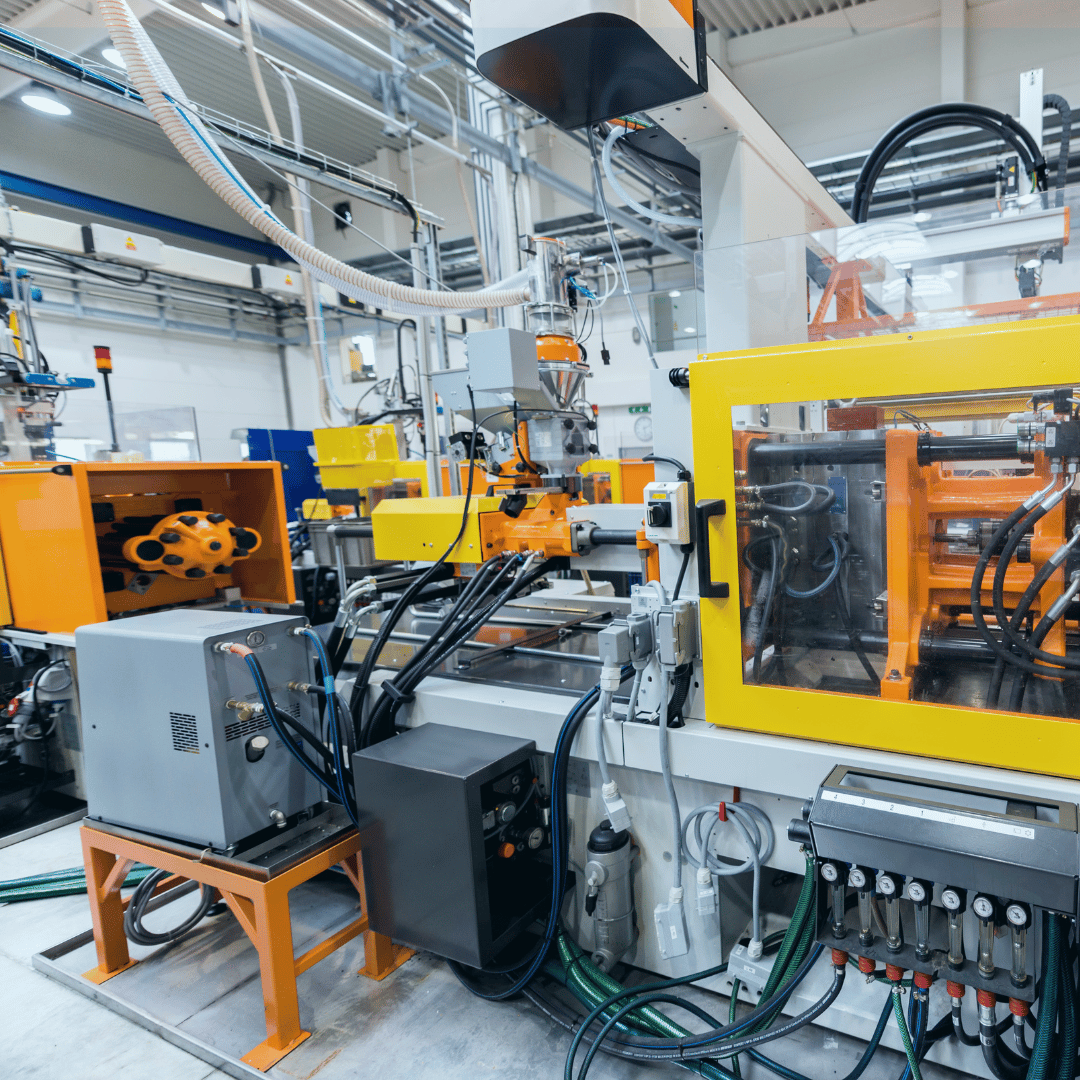


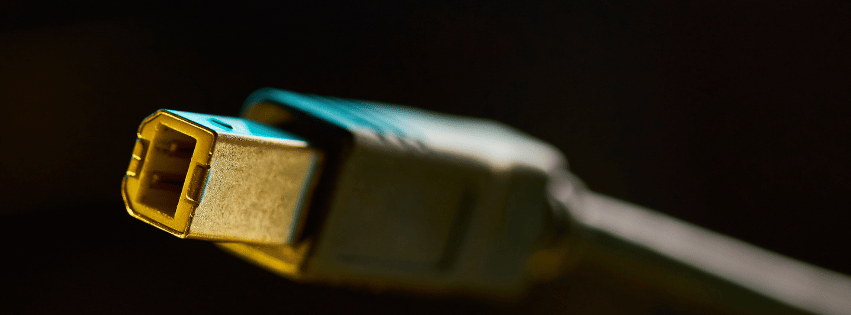

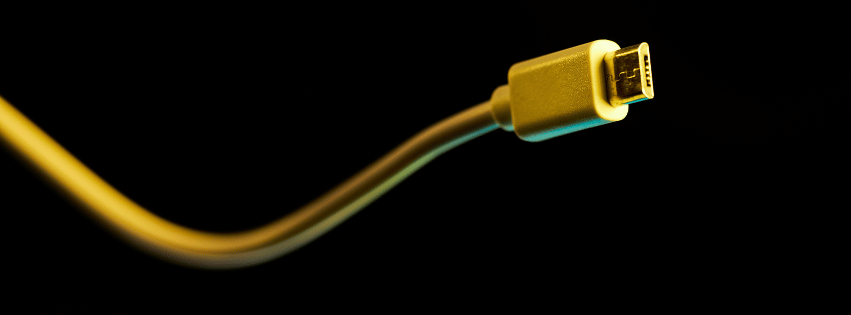
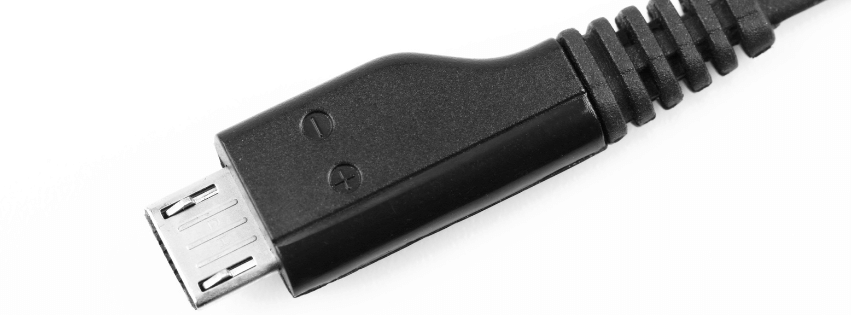
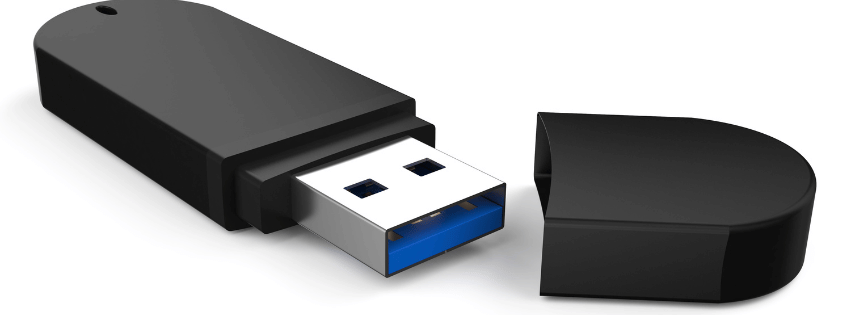


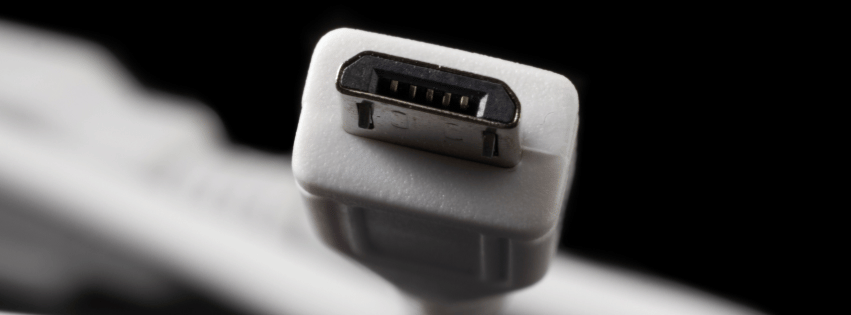
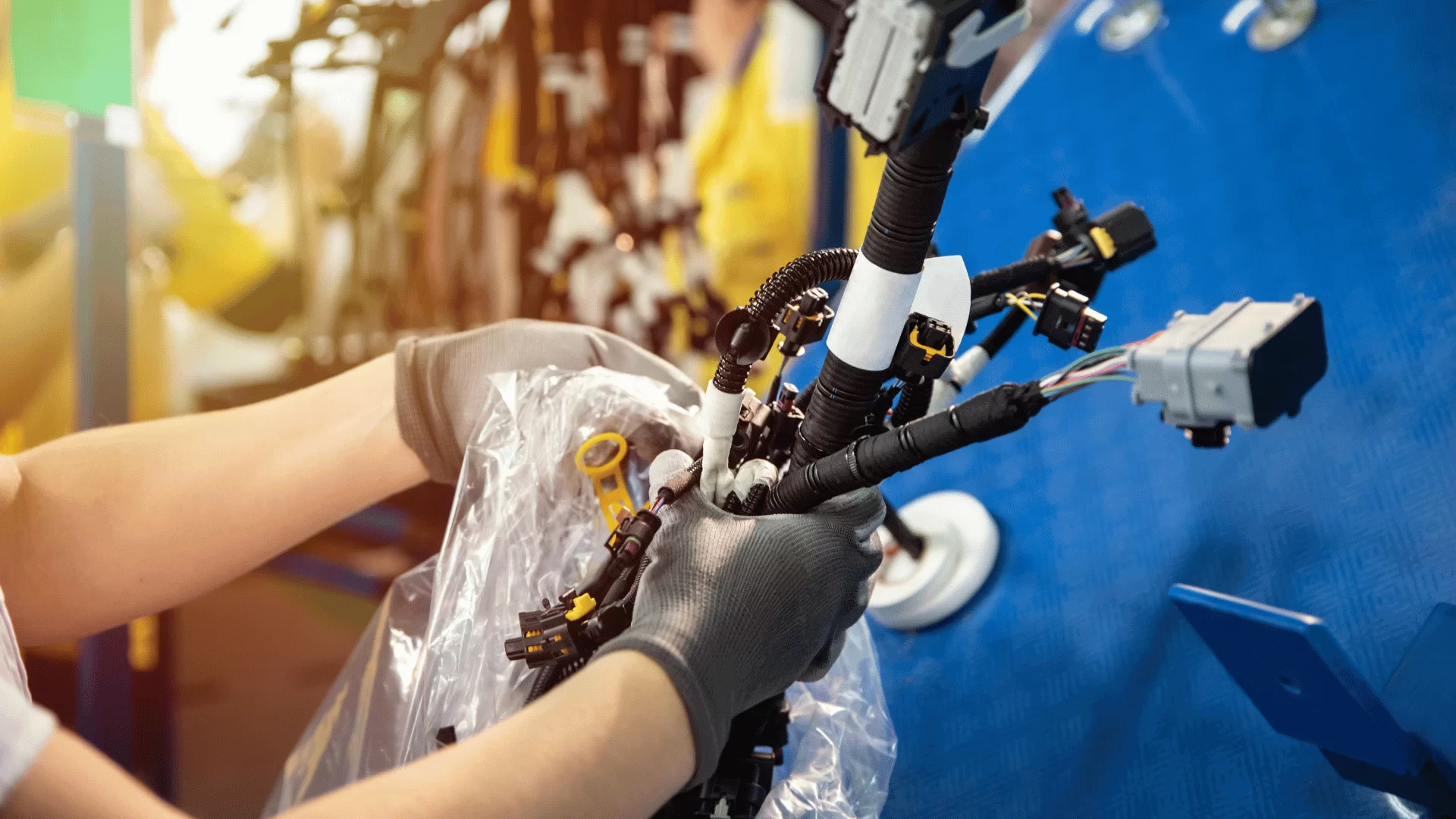
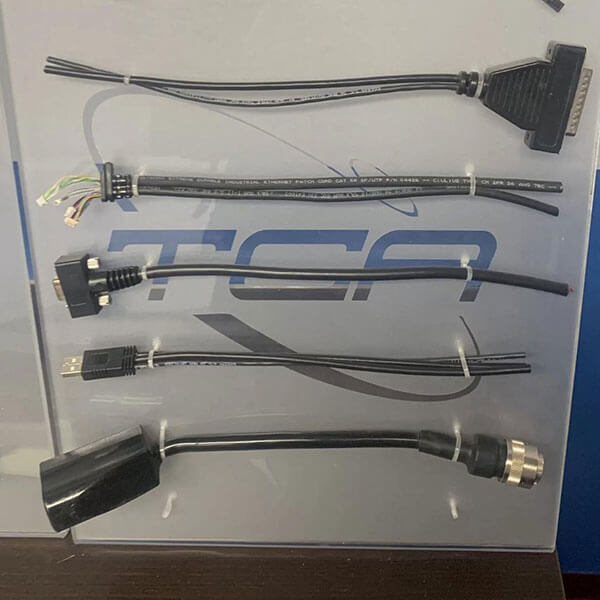
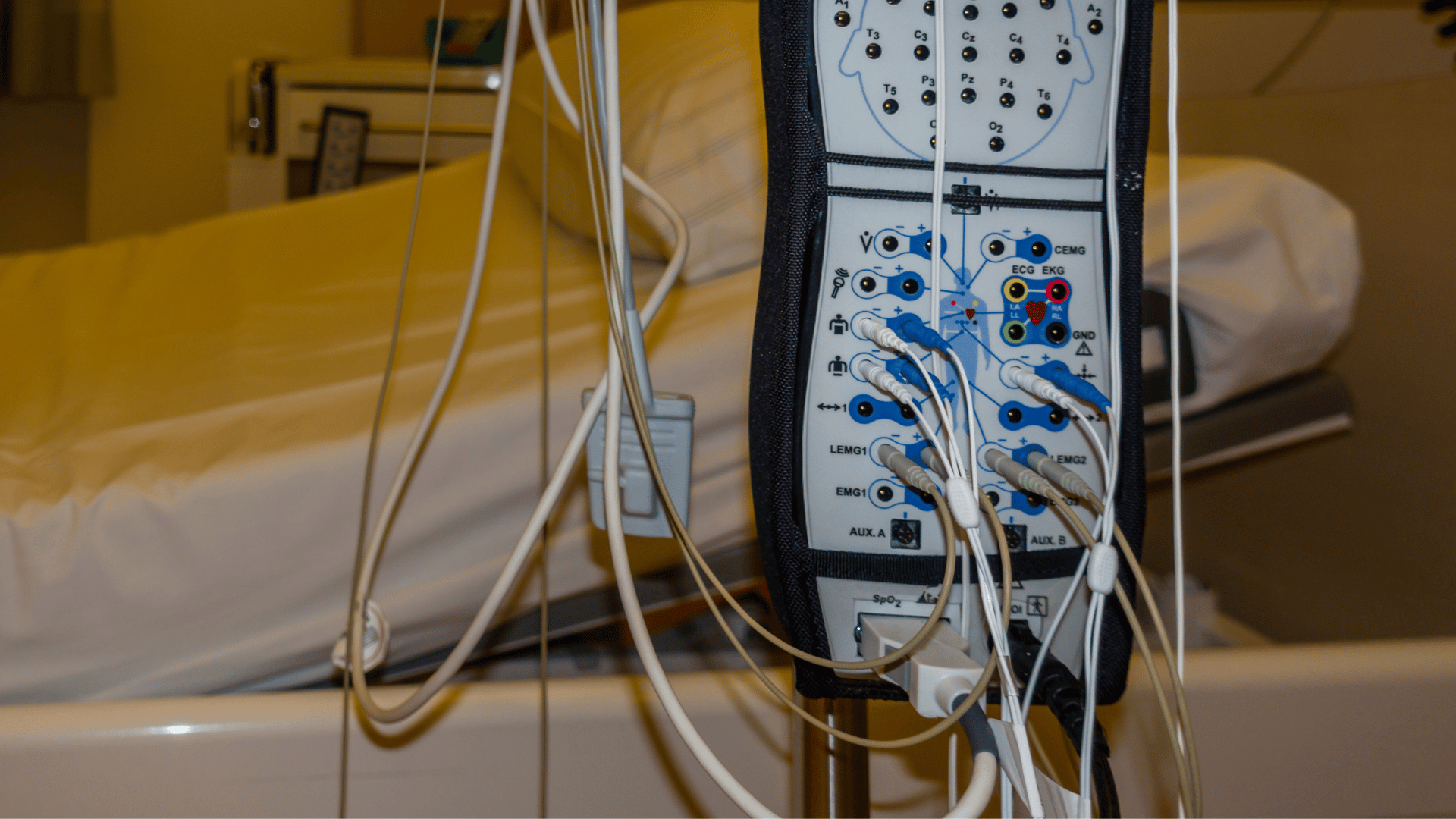
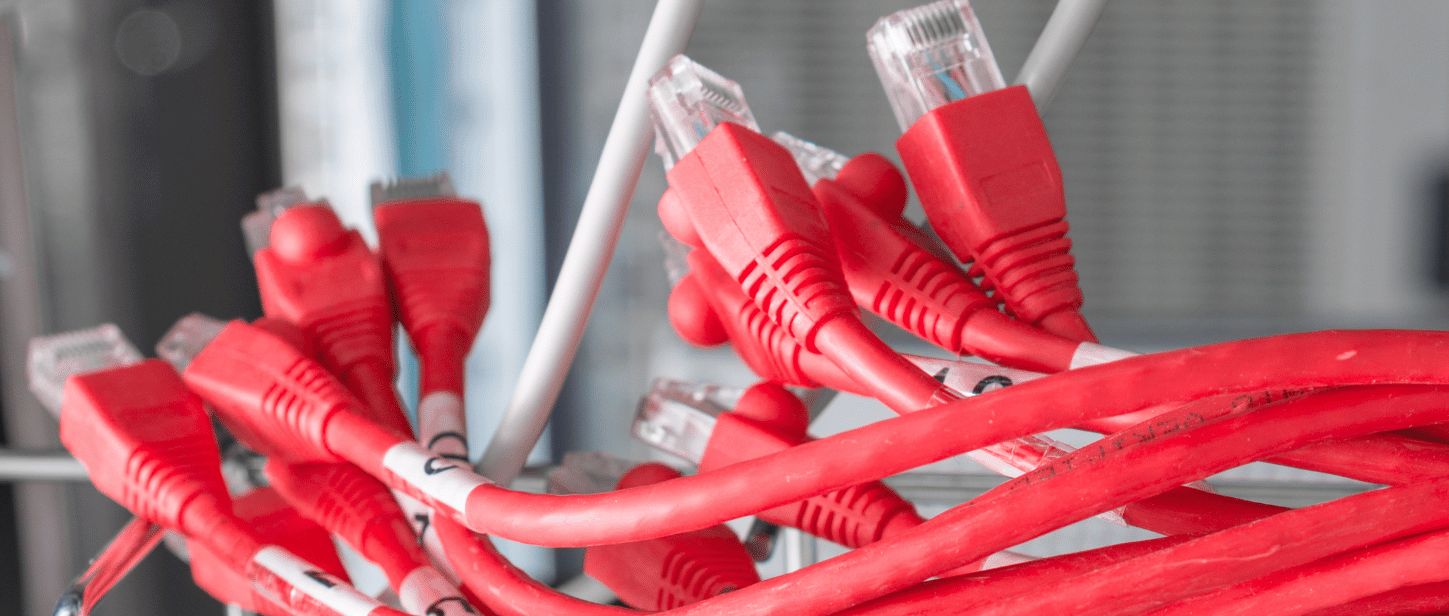
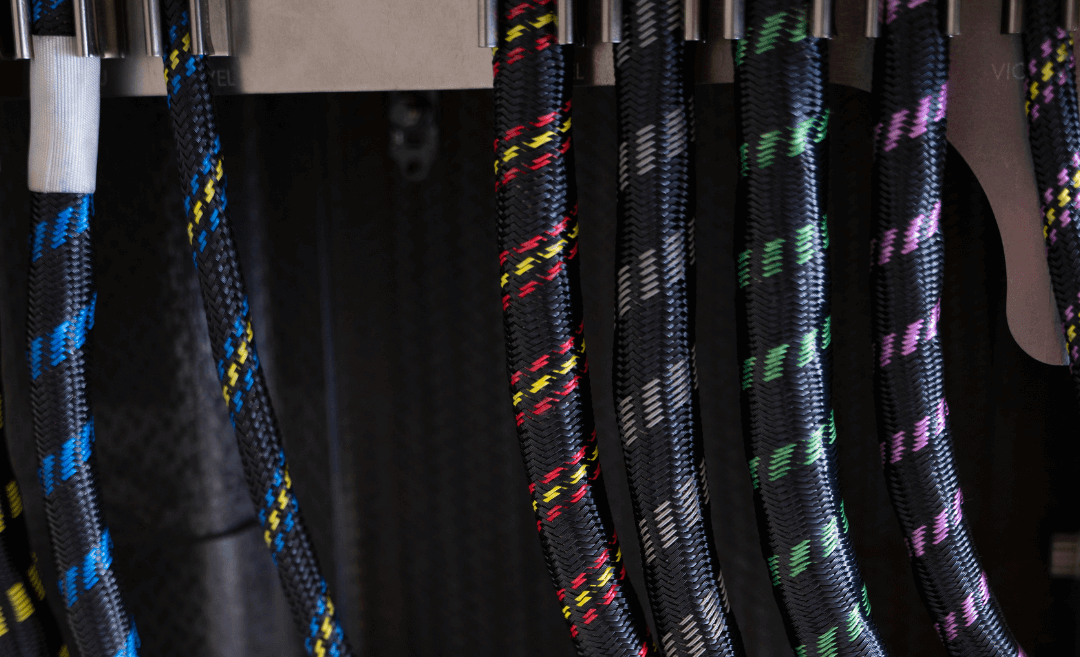

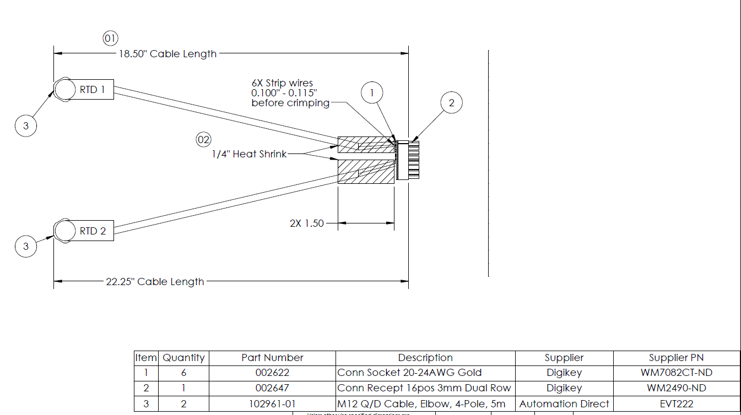 This makes it much easier to identify which parts should be used together and where they should be used.
This makes it much easier to identify which parts should be used together and where they should be used.